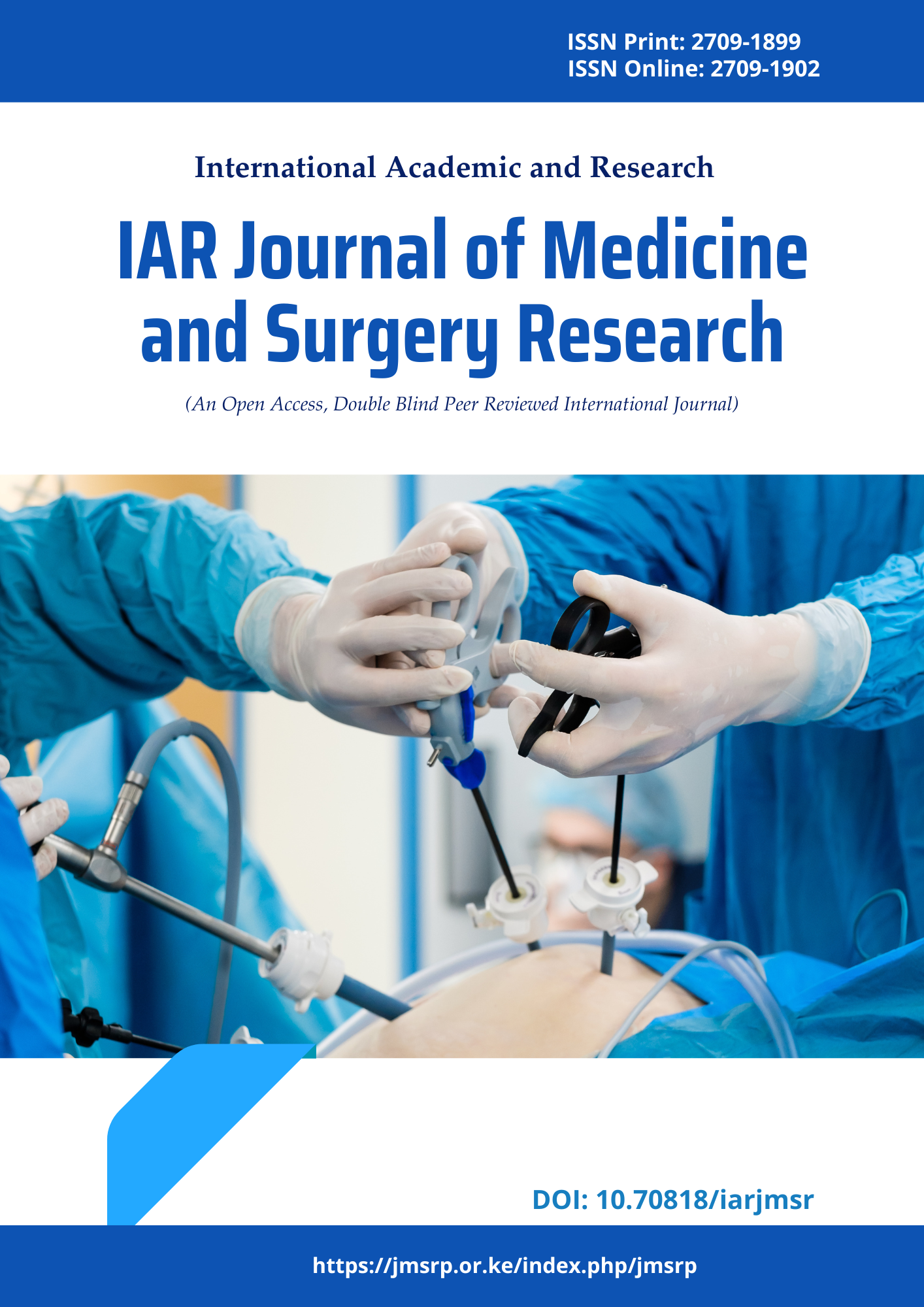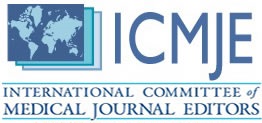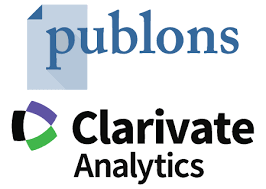Prospective study of EUS guided ERCP or IOCapproach in the detection of common bile duct stones in patientsundergoing cholecystectomy
DOI:
https://doi.org/10.47310/iarjmsr.2021.V02i0.02Keywords:
Endoscopic retrograde cholangiopancreatography, Common bile duct stones, Cholecystectomy.Abstract
Introduction: Choledocholithiasis (common bile duct stones) develops in up to 20 percent of patients with gallbladder stones. It is generally accepted that stones in the common bile duct (CBD) should be removed, even if patients are asymptomatic, because they may be associated with severe complications such as pancreatitis and cholangitis. Materials and Methods: This is a Prospective and analytical study conducted at Department of Surgical Gastroentrology in a Tertiary care Teaching Hospital with suspected common bile duct stones consenting to study protocol were recruited and outcome on management was recorded for each arm of the study over a period of 1 year. In positive EUS group, therapeutic ERCP was performed at the same EUS session or later if CBD stone was found. In the EUS group negative for CBD stones, IOC was performed during laparoscopic cholecystectomy. Result: Mean patient age was 62 years (range, 44 to 74 years), 12 were women and 7 men. Eight of 19 patients (42%) had undergone a previous cholecystectomy; none had undergone previous ERCP. Seven patients (37%) had mild acute biliary pancreatitis (Glasgow score <3) at admission. Six patients, who were referred by other hospitals for EUS, previously had undergone MRCP without evidence of biliary stones. Conclusion: MRCP and EUS have only diagnostic roles, and ERCP is needed for therapeutic purposes. It has been suggested that, when CBDS are found at EUS, they should be treated in the same session. Ideally EUS should be performed in a facility that allows ERCP and to be performed immediately thereafter with no interruption.
















